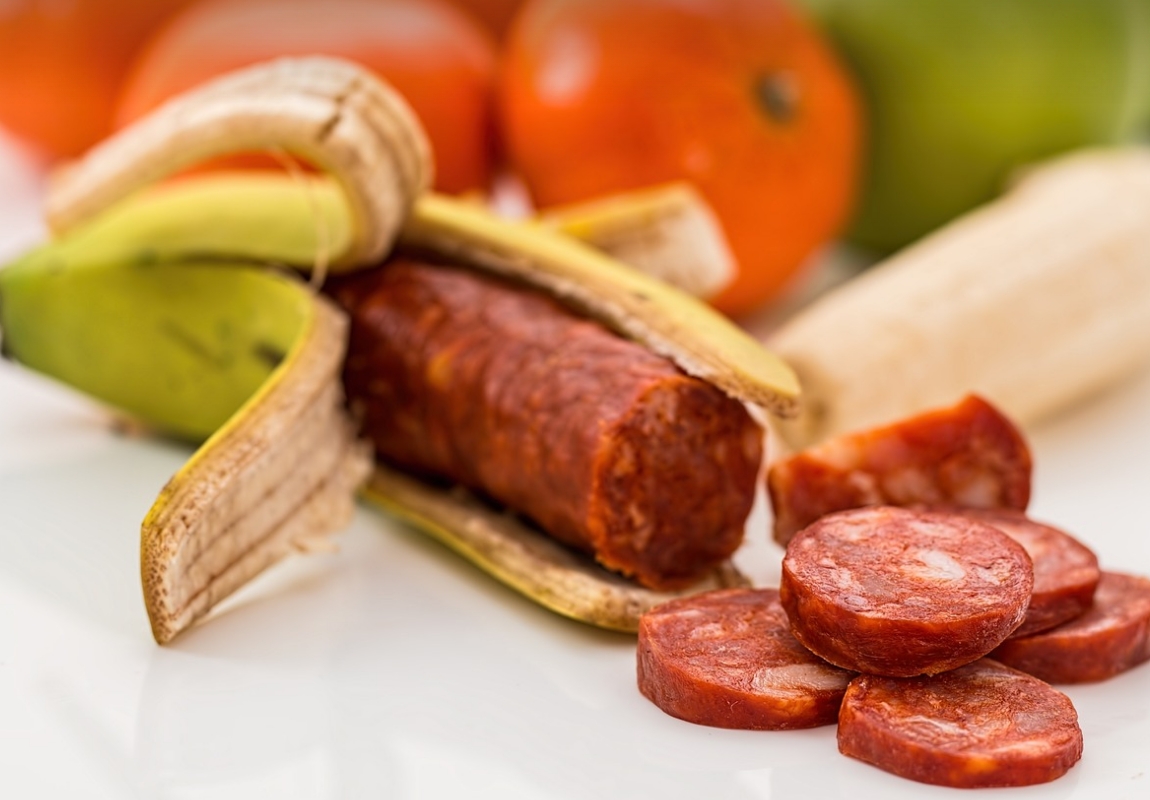
Date:2023-04-08 11:53:57
According to the "Provisional Technical Conditions for EMU Brake Pads" issued by China Railway Corporation, the requirements for brake pads and brake interface technology of EMU manufacturers, brake system suppliers, and EMU users are studied. The operating environment of high-speed trains in China is studied to form the technical requirements for brake pads of EMUs with a speed of 300-350 kilometers per hour, which will serve as the design requirements and input conditions for brake pad development.
Study the material formula and structure of the brake pad. The brake pad material should meet stable friction coefficient, high service life, and stable performance under different environmental conditions. Trial produce brake pad friction blocks with multiple material formulas, conduct performance comparison and analysis tests on the friction and wear test bench, and initially select one or more material formulas; The structure of the brake pad should meet the requirements of uniform force distribution, facilitate heat dissipation, design the structure of the brake pad components and the overall structure, conduct contact uniformity and fatigue life tests on the test bench, and determine the basic structure of the brake pad.
Research and analyze the inspection standards, key items, and testing methods for brake pad testing, conduct simulation tests, and prepare for the tests.
Produce multiple models of test samples for 1:1 bench testing, and conduct 1:1 bench testing at the National Engineering Laboratory for High Speed Railway System Testing with a maximum test speed of 385km/h. Further optimize and improve the material formula and structure of the brake pads based on the 1:1 bench test results, until the bench test data meets the technical requirements for high-speed trains with speeds of 300-350 kilometers per hour.
Produce high-speed train brake pads with a speed of 300-350 kilometers per hour for loading and application assessment, conduct loading and application assessment, track the loading and application assessment situation, summarize and analyze the problems that arise in the application assessment, optimize and improve the material formula and structure of the brake pads.
Carry out research on the industrialization process technology of brake pads, formulate key process parameters and technical specifications, study and configure key process tooling equipment, adopt automation and information technology, and establish a high-speed train brake pad production line with a speed of 300-350 kilometers per hour that meets the requirements of bulk supply.
Key technologies:
(1) Improve heat resistance and heat dissipation
During high-speed braking, the instantaneous temperature of the sliding friction surface will rise to over 1000 ℃, so it is necessary to significantly increase the heat-resistant temperature of the material; At the same time, it is necessary to improve the heat dissipation capacity of the friction material, quickly dissipate the heat generated during the braking process, and minimize the adverse effects on the brake disc.
(2) Improve the stability of friction performance
Due to the significant increase in brake pad temperature caused by high-speed braking, it is necessary to improve the stability of brake pad friction coefficient while maintaining stable brake pad performance at high and low speeds. In addition, when the operating environment of high-speed trains changes, such as sandstorms, humidity, rain, snow, ice, etc., it is also necessary to maintain a stable friction coefficient. This requires optimizing the design of each component to ensure stable friction performance under changes in speed and weather conditions.
(3) Improve the service life of brake pads and ensure the service life of brake discs
The braking time, distance, and absorbed energy during high-speed braking all increase significantly, which inevitably leads to increased wear of the brake pads. Therefore, in order to extend the service life of the brake pads and reduce railway operating costs, it is necessary to minimize the wear of the brake pads while ensuring friction performance. At the same time, it is necessary to pay attention to the impact of brake pads on the brake disc, ensuring that the service life of the brake disc reaches 7-10 years.
Overall operating conditions of the product:
Geographical conditions: altitude ≤ 1500 meters;
Seismic intensity: maximum dynamic peak acceleration of 0.3 g;
Climate conditions:
Environmental temperature -40 ℃ to 40 ℃; Relative humidity (monthly average minimum temperature of 25 ℃) ≤ 95%;
The maximum wind speed is generally 15m/s in years, occasionally 33m/s;
There are weather conditions such as wind, sand, rain, snow, and occasional phenomena such as salt spray, acid rain, and sandstorms.
Technical requirements for the product:
Braking distance requirement: Braking distance ≤ 3800m when braking at 300km/h
Friction coefficient requirement: comply with Appendix B of TJ/CL307-2014. 4 requirements;
Wear requirement: average wear ≤ 0.35cm3/MJ
Applicable models: CRH380 series and Chinese standard high-speed trains.
Based on the company's industry advantages and the market situation of its products, the current target market is mainly the 18 railway bureaus under the China Railway Administration, which are supported by domestic professional host factories; In the medium and long term, we will expand into both domestic and international markets. Currently, our company's high-speed rail brake pad products are about to complete the European Union UIC certification, and Tianyi Shangjia will become an important supplier of high-speed rail brake pads abroad.




